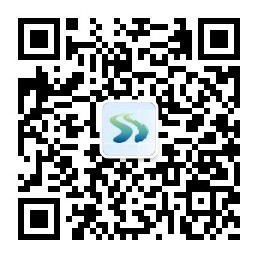
2/7/2018
Healgoo Interactive released artificial intelligence training platform Healgoo ML: upload data, get your own AI
On July 2, 2018, Healgoo Interactive announced that the artificial intelligence training platform Healgoo ML has officially started operations. The Healgoo ML platform has accumulated many years of research and experience in the field of AI, which will help users to easily build their own AI system.
Healgoo ML platform has a variety of built-in CNN algorithms to solve users' problems in image recognition. Through five stages of data preparation, network selection, network setup, model training, and model deployment, the AI model can be trained. At each stage, Healgoo ML will give the best solution.
Data preparation
In the data preparation phase, Healgoo ML will provide help with “Batch Data Upload Tool” to reduce the difficulties users face in data preparation.
Network selection
Through years of research and experience, Healgoo ML has selected several well-known and validated deep learning networks that users can choose from without the need to design a network from scratch.
Network setup
The network setup phase involves a series of complicated tasks, but don't panic. Healgoo ML will automatically set default values based on best practices. The user simply clicks on the "Next" button.
Model training
During the model training phase, Healgoo ML will provide a high performance shared GPU cluster and will automatically select the best training stop point.
Model deployment
Healgoo ML will automatically deploy the trained AI to the computer or mobile phone according to the needs of the user, and provides a built-in function to visualize each prediction provided by the AI model.
Currently, the Healgoo ML platform is officially available on the Internet. Users only need to open the website: ml.healgoo.com. Upload your own labeled image data, and Healgoo ML will start working for you. With the help of Healgoo ML, researchers and data scientists can build the best machine learning models and deploy them to work computers or mobile phones, effectively increasing the productivity of researchers and data scientists.

